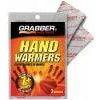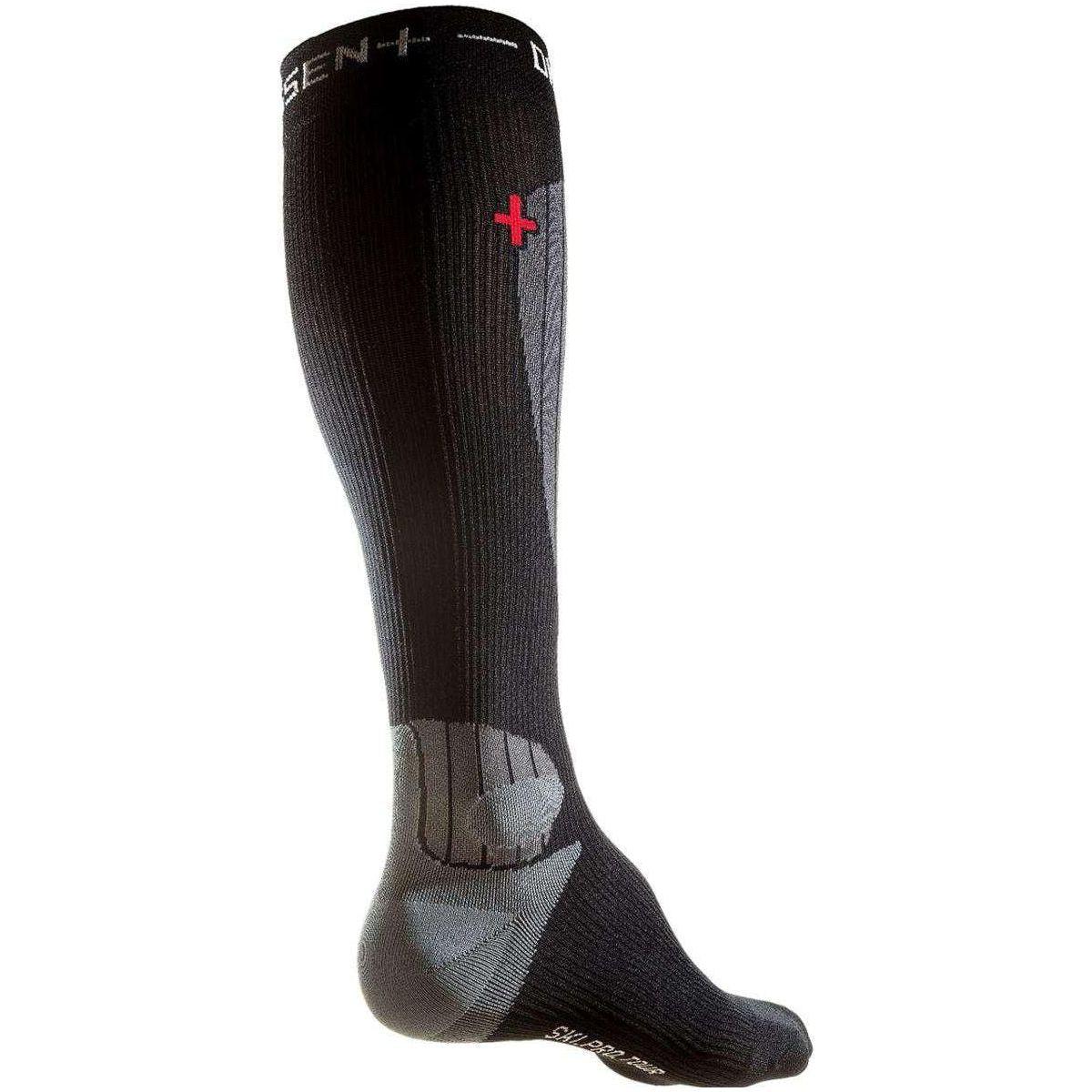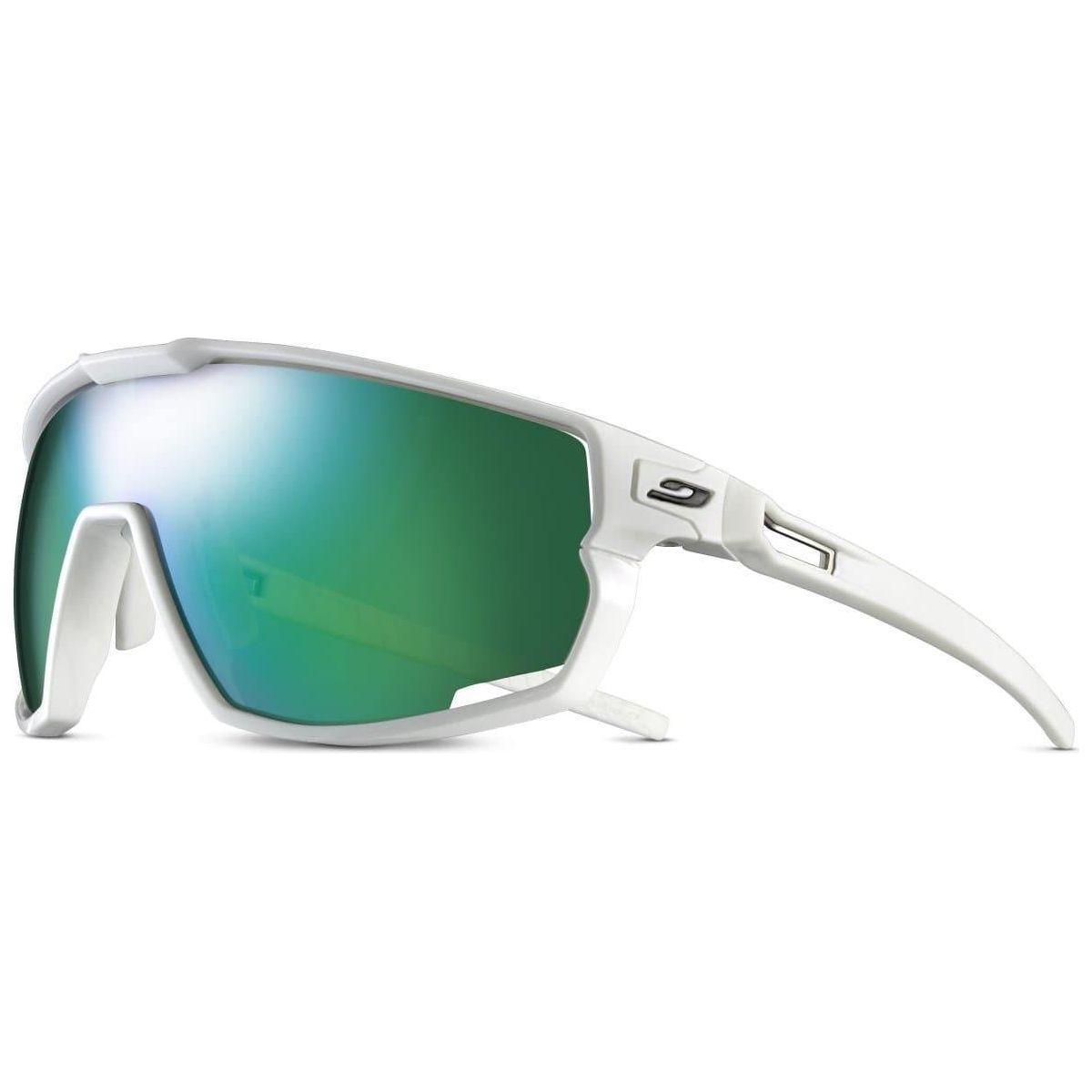When you start out splitboarding, riding downhill is one of the only skills that transfers over from traditional resort boarding. You'll need to learn an entirely new skill set tailored to the world of touring. That includes how to operate your equipment efficiently, whether you are resort skinning or exploring the backcountry. We put together some tips and tricks to master the art of splitboarding.
1. Get Your Transitions Down At Home or On The Resort

Just like anything: practice makes perfect. Transitioning a splitboard between uphill and downhill mode is no exception. When you add the cold, high winds, and deep snow the process gets even more challenging. Practice transitioning several times in the comfort of your living room or your local resort to dial in the process of your splitboard transitions. Consider creating an order of operations for your transitions to improve your practice. Doing things in the same order and placing your gear in the same place in the snow every time will allow you to be as smooth and fast as possible. Next thing you know, you'll be a top-down and bottom-up transition wizard!
2. Read The Terrain and Plan Your Line

We all know that terrible feeling when all hope leaves and you realize you don’t have enough speed to get through a flat zone or a long traverse. When you are about to drop in, think about areas where you will need to keep speed and don’t be afraid to ride with your poles out. Double poling through flat terrain is a great touring tool not often used on ski resorts. Reading terrain takes time and familiarity. Don't be afraid to ask for help from your backcountry partners: 'Hey can you take this flat bench first? I'll follow in your track.' or 'I'll take this last pitch first so I can begin the flat egress.' Team work makes the dream work in backcountry travel.
3. Know How Your Gear Works and How To Fix It

If you spend enough time on your split, something will eventually fail on you. Splitboard bindings and tour interfaces have gotten much more reliable but there are still too many moving parts to be truly bulletproof. Build a spare parts kit that includes a multi-tool and at least one of every type of bolt and buckle for your specific binding model. Once that repair kit is assembled, learn how to repair every part of your binding. A great way to practice this is by periodically inspecting your bindings for cracks, chips or loose bolts. Adding in a few ski straps and baling wire to your repair kit can be a live saver if parts break that cannot be field repaired. With all backcountry equipment failure, it's a matter of WHEN not IF. Be proactive with split repairs by having the tools to fix it and knowing how those tools work.
4. Never Forget Your De-icing Tools
The single most common problem with transitioning your board is ice and snow build up. The interface between your two board halves and your binding plates have tight tolerances that can be thrown off by small amounts of snow. Bring a scraper to knock off excess snow. This will ensure a snug, confidence-inspiring fit of your split. Another de-icing tip is to fill a small spray bottle with isopropyl alcohol to spray on hard-to-reach iced-up zones. That will help it melt in seconds.





